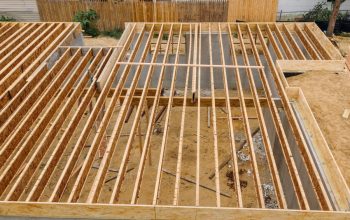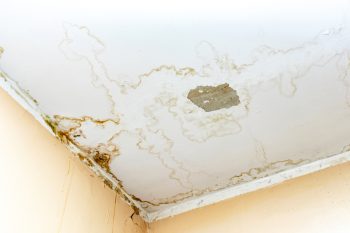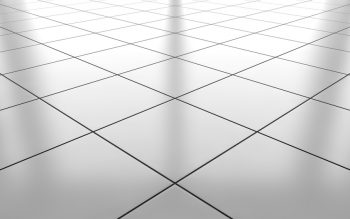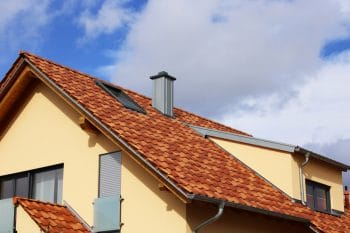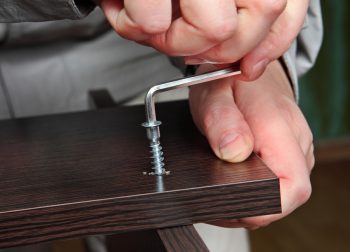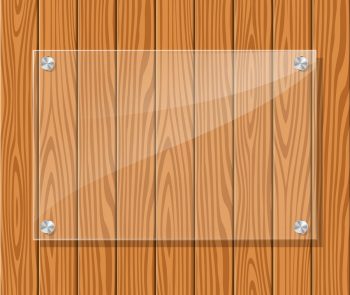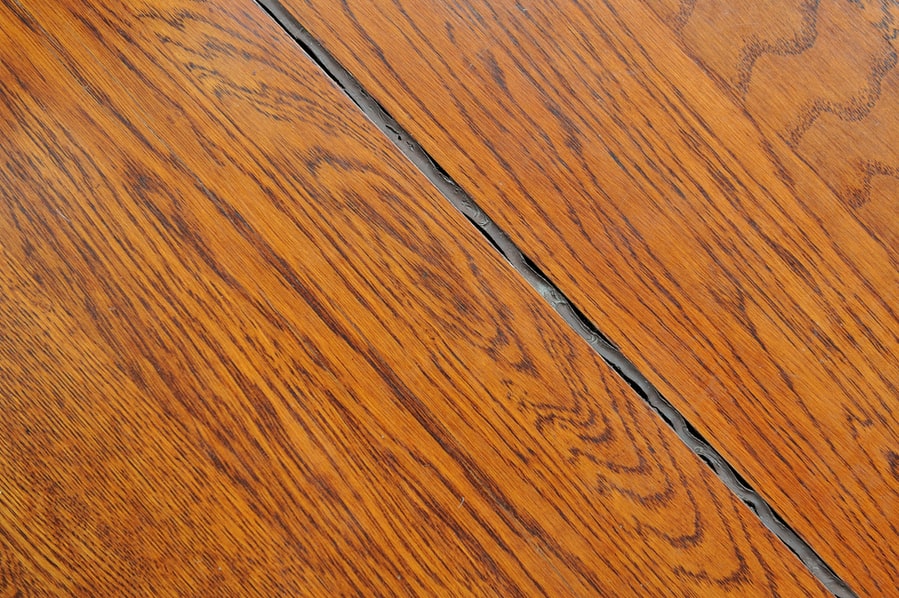
Part of the draw of laminate flooring is the ease of installation. However, what should you do when something goes wrong or wear causes issues with the floor?
How can you fix gaps between boards in laminate flooring?
- It is common for gaps in laminate flooring to show up occasionally as it ages.
- You should quickly fix side gaps in laminate flooring to prevent water damage.
- You do not need to tear up the floor to fix these gaps, as it can be done non-intrusively with common tools.
- If gaps keep reappearing in your laminate floor, then there may be a structural issue you need to investigate.
First, let’s talk about two ways to fix the side gaps in laminate flooring. Then, I’ll give some tips on how this problem occurs and how you can prevent it.
2 Ways To Fix Side Gaps in Laminate Flooring
You don’t need to rush to redo the floor or tear up your baseboards when you see gaps in your laminate floor. Here are two other methods that can save you the work.
1. Using Wood Glue
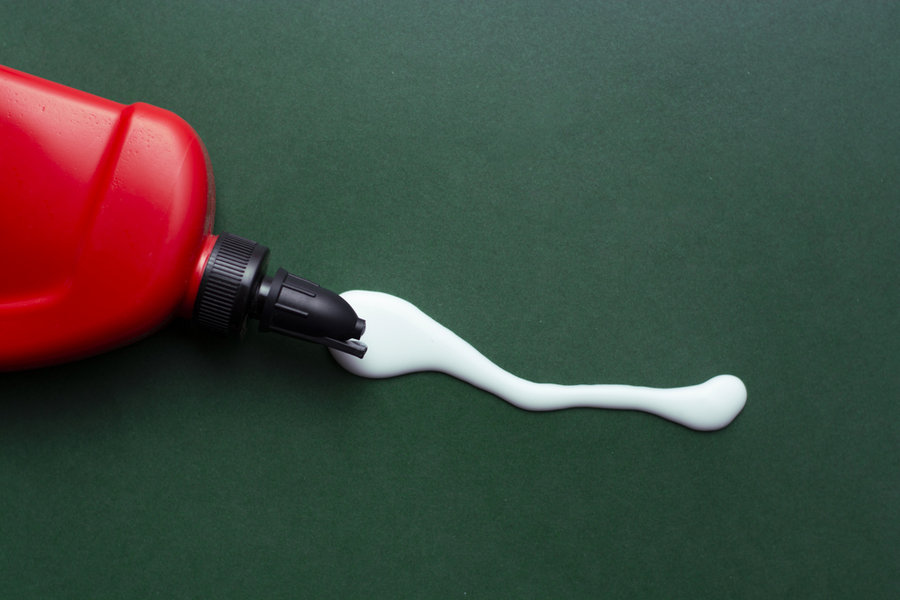
This method is useful if you suspect that the interlocking system is faulty on these boards. This might be the case if most of your floor remains interlocked, but this spot has had multiple problems.
The glue will not only act as a seal so water damage does not occur, but it also bonds with the boards to prevent them from separating further.
Supplies
- Wood Glue
- Damp Rag
- Cotton Swabs
- Solvent Cleaner (glass cleaner works)
Process
- First, clean the open joint with a small amount of cleaner and a cotton swab.
- Let the area dry completely.
- Use a new cotton swab to apply a generous amount of wood glue to the open joint.
- Use the damp rag to clean the excess wood glue off the face of the boards.
- Let the wood glue cure before resuming normal traffic.
2. Using a Floor Gap Fixer
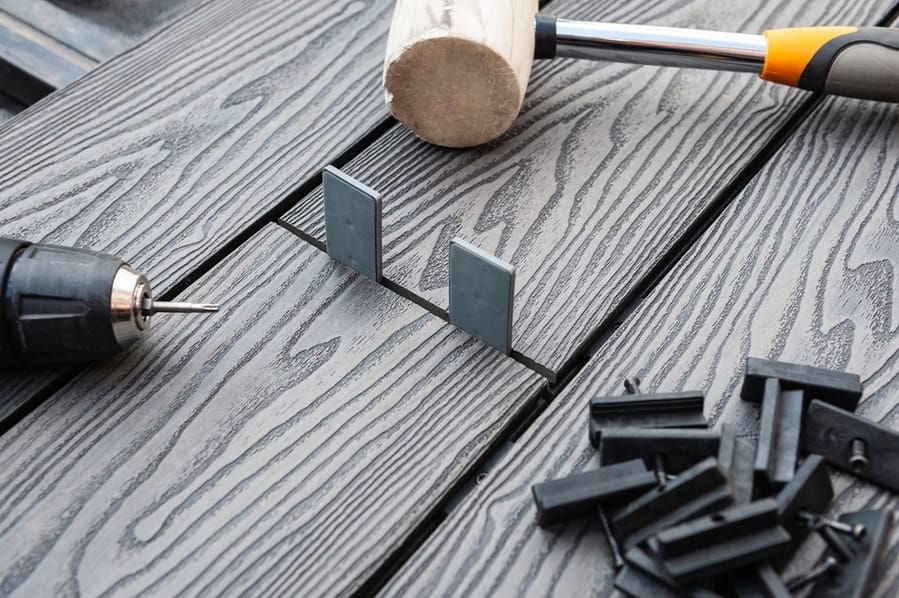
A floor gap fixer is the formal name of a product and a device you can easily make yourself. I will include instructions on how to make your floor gap fixer.
It works best when you suspect temperature or humidity fluctuations are to blame and do not anticipate it to be a structural problem with the floor.
Supplies
- Rubber Mallet
- Floor Gap Fixer
Process
- Adhere to the Floor Gap Fixer’s sticky side to the face of the gaping board.
- Hit the Floor Gap Fixer with the rubber mallet to close the gap (you should see the interlocking pieces click together).
- Move down to the next board in the line.
- Repeat steps 1-3 until the edge of the floor is reached.
Making Your Floor Gap Fixer

This is a pretty easy tool to rig up, and you probably already have the supplies.
Supplies
- A 2×4
- Extra Strength Double-Sided Tape
Process
- Cut the 2×4 to a length of 1 ft. long.
- Sand one side with 160-grit sandpaper.
- Clean away the dust with a solvent cleaner.
- Adhere a piece of tape to the sanded side, and enjoy your new Floor Gap Fixer.
The Cause of Side Gaps in Laminate Flooring
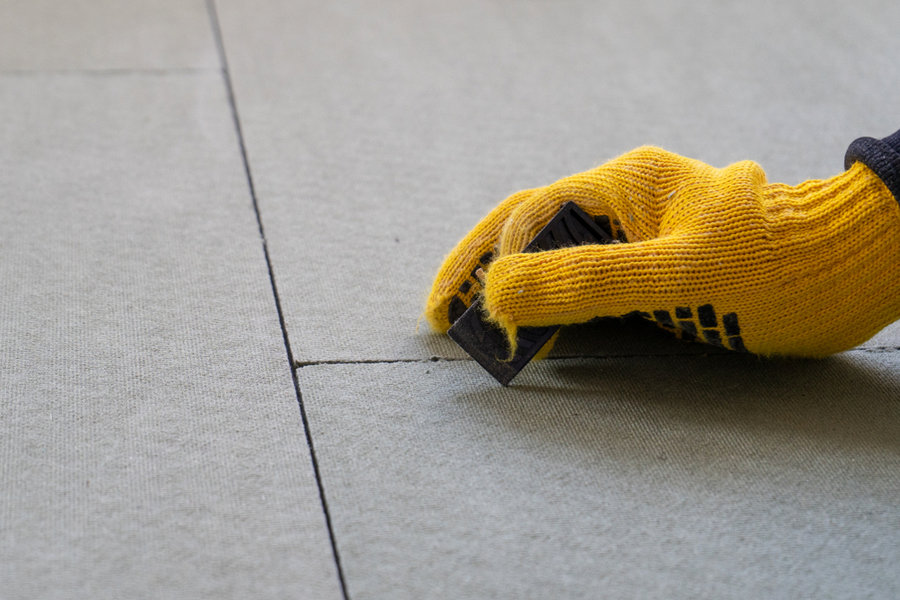
Gaps in Laminate are usually caused by temperature and humidity fluctuations. The boards will slightly change size based on the water in the air or ambient temperature, which can cause the joints to become open.
These separations are not a great cause for concern unless they frequently occur.
However, you don’t want to leave them open, as this could allow moisture under the floor. As soon as you notice gaps, it would be best if you try to close them.
Prevention
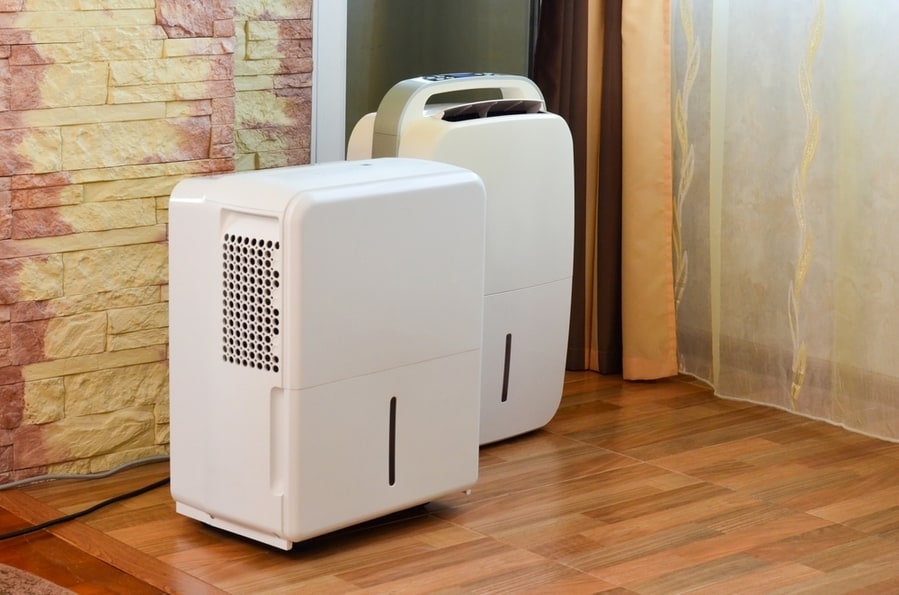
If you have many gaps between laminate boards, this is a sign that there is a problem with the subfloor, installation of the floor, or that the climate in the room is not good for your floor.
To prevent reoccurring gaps, you can use dehumidifiers and fans to keep the room’s humidity and temperature more stable and uniform.
If the problem persists, you may need to investigate whether the subfloor is even or the floor was installed incorrectly.
Summary
Gaps in laminate flooring, especially flooring that was installed DIY, are pretty common and easy to fix. You should prioritize fixing these gaps to prevent permanent damage to the floor.
You can probably fix these gaps without running to the home improvement store, as most supplies are commonly found in the home.
To reduce the likelihood of gaps in your laminate flooring, you can install it according to manufacturer instructions and limit temperature and humidity fluctuations in your home.
Frequently Asked Questions
Should There Be Gaps in Laminate Flooring?
No, properly installed laminate flooring should not have gaps between the boards.
However, there should be a slight gap between the edge of the floor and the wall. This allows the floor to flex and change size with temperature, similar to how breaks are put into large pieces of concrete.
Can You Use Caulking To Fix Gaps in Laminate Flooring?
Yes, you can, although this is usually not as good a choice as wood glue. Caulking will fill the gap but will not prevent it from getting bigger.
Why Does My Laminate Flooring Keep Getting Gaps?
This is often a sign of an uneven subfloor, improper installation, or damaged interlocking system in the boards. Pulling out the floor to check for these issues and then redoing it is the only permanent fix.



